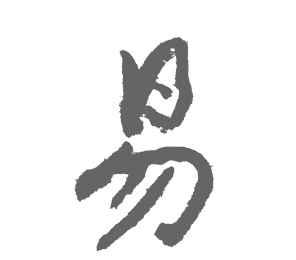
Wormhole
Kovalenko wormhole
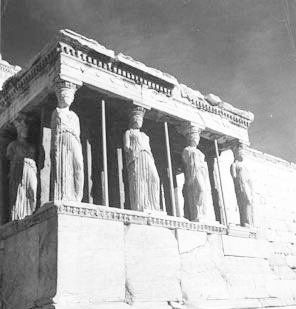
Erectheum, Porch of the Maidens
Athens, the Erectheum, Porch of the Maidens, begun in 421 BC. An architectural form signifies the anthropocentric cosmology.

String
A segment of string, which exists in 11th spatial dimension with 10⁻³³ cm in diameter.
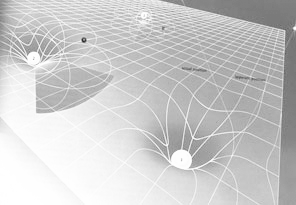
Space Warp Theory of Relativity
Warped space: according to the theory of relativity, space-time fabric is distorted by masses in space; empirically, this phenomenon is recognized as gravity; because of the inherent curvature of space, the shortest distance between two points is a curved line.

Nicolaus Copernicus
Copernicus’s heliocentric model, with the Sun at the center of the universe, demonstrated that the observed motions of celestial objects can be explained without putting Earth at rest in the center of the universe. His work stimulated further scientific investigations, becoming a landmark in the history of science that is often referred to as the Copernican Revolution.

Claudius Ptolemy
An Roman astronomer in the 1st century, Ptolemy postulated a model, like those of his predecessors, that was geocentric and was almost universally accepted until the appearance of simpler heliocentric models during the scientific revolution.

Ptolemy’s Universe
Ptolemy’s Universe: A convoluted system devised by Ptolemy attempting to maintain earth as the center of the universe.
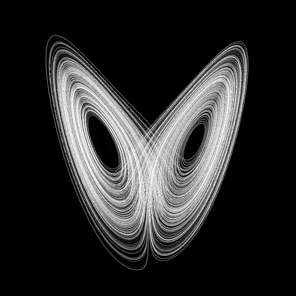
Lorenz Strange Attractor
The Lorenz Strange Attractor: This attractor was generated by iterating a weather prediction mathematical model to generate a graphic plot. Strange attractors like this one depict a system whose behavior never repeat itself and always unpredictable and yet, paradoxically, always resembles itself and is infinitely recognizable. This weather model provides a typical example of deterministic yet non-linear system, or by definition, a chaotic system.

Conceptual Dialogue of New and Existing
The dome at the existing planetarium assumes the role of a heavenly body that causes the surrounding space-time fabric, the new planetarium in this case, to distort. Through the warping curtain wall as a response to the existing planetarium dome, a conceptual dialogue between the existing and the new planetariums is thus established.

Geometrical Synthesis
The geometry of Beijing Planetarium expresses a systhesis of two cosmic realms by juxtaposing space warp and quantum particles with strings weaving in between.
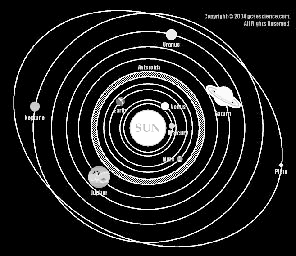
Solar System
Sorry, this entry is only available in 中文.
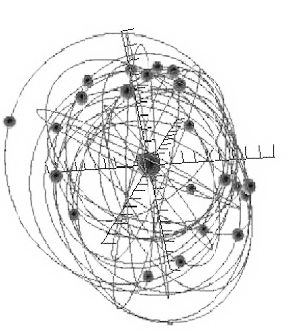
Quantum Behavior
Quantum mechanics accurately predicts the behaviors of subatomic particles – the fundamental building blocks of matters, and the forces among them

Superstring Theory
Superstring theory: The superstring theory proposes that subatomic particles are like elastic strings vibrating in space with the string size of a hundred bullion billionth of the diameter of an atomic nucleus, binding the nucleus together. The picture seen here consists of tubes swept out in space and time by loops representing particular particles. Where tubes join or separate, particles are colliding or being created.
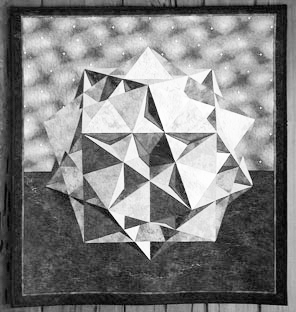
Hyperdimensional Space
Hyper Dimension space: mathematically speaking, dimension means freedom. One dimension means one degree of freedom, such as moving along a line; two dimension two degrees of freedom, such as moving on a plane, etc. you can’t tie a knot in two dimensional spaces but you can do so in three dimensional spaces because of the extra degree of freedom. By gaining extra degrees of freedom, scientist is able to unify in hyper-dimensional space physical phenomena that are unrelated in lower dimensional space.

Solar Model
Solar system, a perfect representation of Newtonian Mechanics, echos the orderly and predictable mechanism of clockwork.
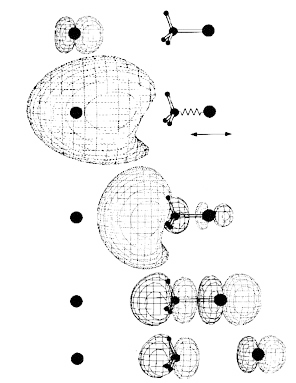
Quantum Mechanics
Quantum mechanics deals with cosmology at microscopic level where three fundamental forces, i.e. strong force, weak force and electromagnetism, find a unified mathematical expression in so called “standard model.”
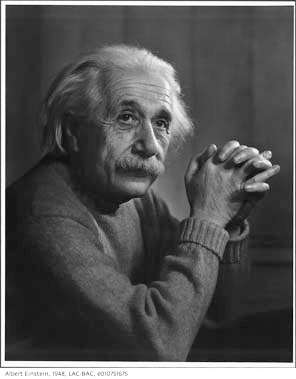
Albert Einstein
Albert Einstein (1879-1955): German physicist who developed the theory of relativity, which provided a radical new outlook on space, time and gravitation, and for the first time proposed the equivalence of mass and energy.
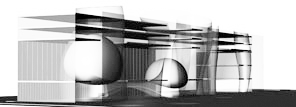
Grand Unification
The synthesis of space warp, quantum particles and strings resonate with the grand unification of String Theory that promises to bring together the two distinct realms of the cosmos, i.e., the interstellar and the subatomic, into one single mathematical expression.

Clockwork
Clockwork that symbolizes the predictability and three-dimensionality of Newtonian cosmology.
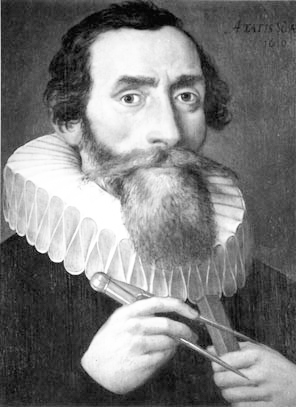
Johannes Kepler
Johannes Kepler (1571-1630): German astronomer who discovered three laws of planetary motion with which he displaced the old belief that planets orbit in circles at an unvarying pace.
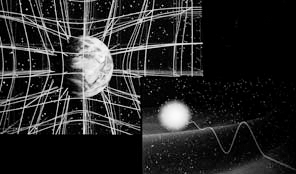
Curved Space
The curved space: according to Einstein’s General Theory of relativity, light beam will bend under the influence of gravity while passing by a celestial body. Based on “Fermat’s least-time principle” light beam will take the path requiring the least amount of time between two points. The fact that the light beam curves the presence of celestial body, then, logically suggests the shortest distance between two points could be a curved line. The only explanation of a curved line being the shortest path between two points is that the space itself is curved under gravitational pull of the celestial body.
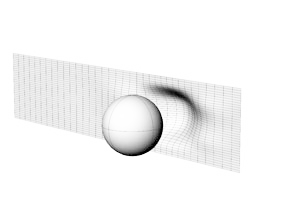
Space Warp
Warping curtain wall due to the mass around it.
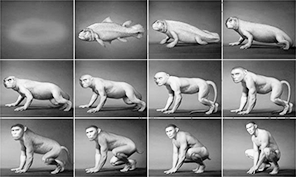
Origin: A Provocative Depiction of Human Evolution
Daniel Lee is not an expert in evolutionary theory, but he’s got ideas about where we came from. He doesn’t try to pass them off as scientific truth; instead he makes his ideas into anything-but-primitive digital images intended as provocative art. His series titled “Origin” depicts human evolution in 12 pictures, from the fish form (as Coelacanth) eventually transforming to reptiles, apes and humans.
Chinese Word Making
Words are made of single or multiple ideograms. The meanings of words are derivatives of the meanings of the ideograms, of which they are made.
The Sun
The Rain
Combination: Change Applying Chinese word-making methods in design to develop the narrative capability of architecture for the purpose of expressing the core ideas pertaining to the essence of the project program. Hieroglyphics, or ideograms, are created out of building components; the placement and interactions among the components will give rise to interpretative reading and, eventually, knowledge of the chosen subject-idea, such as the state of contemporary cosmology.


